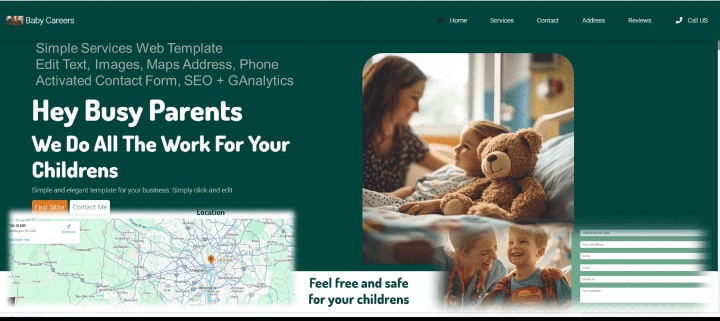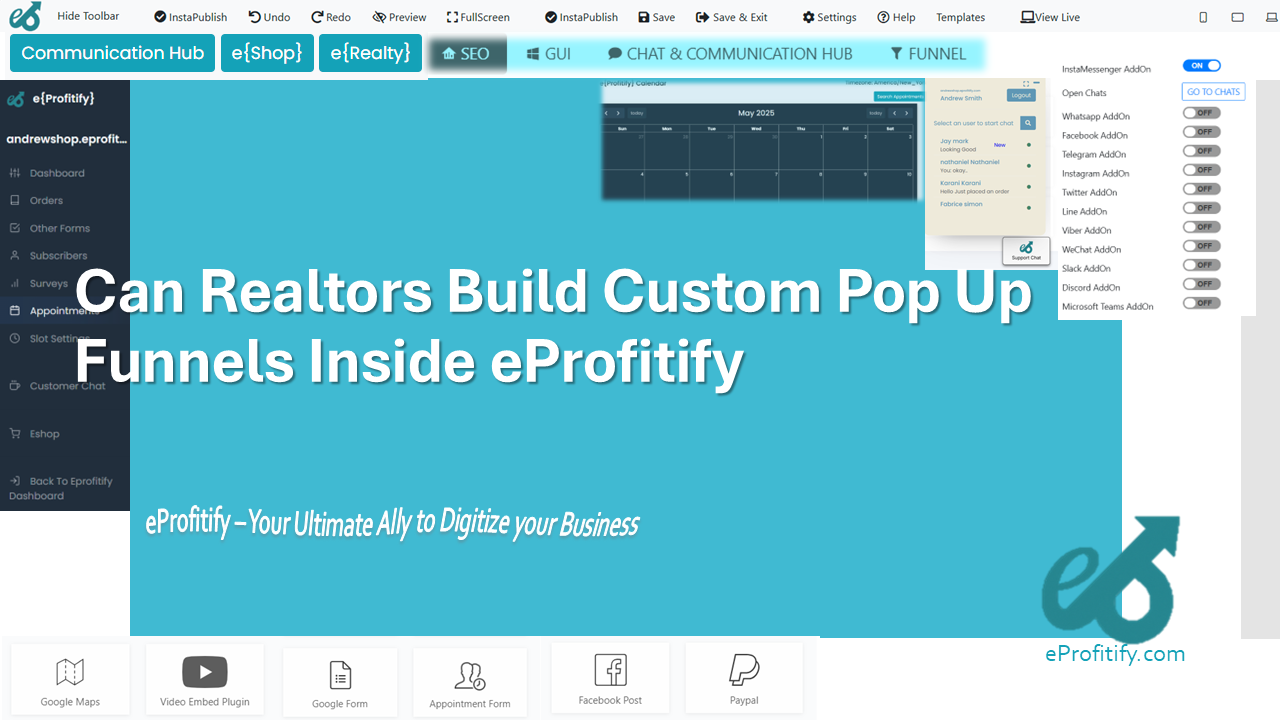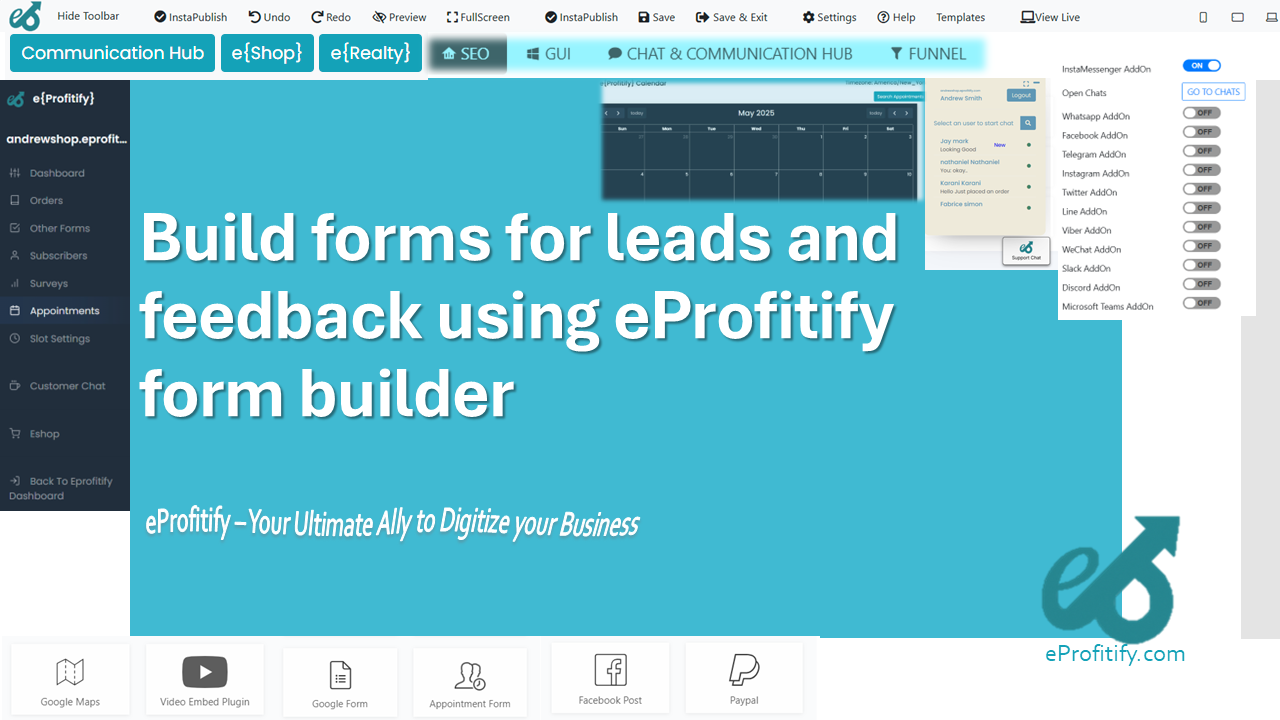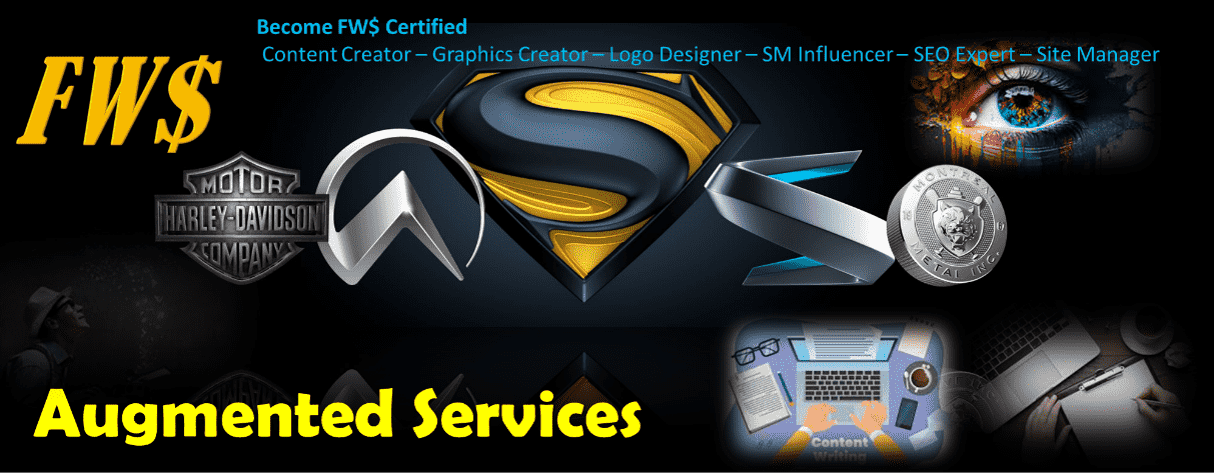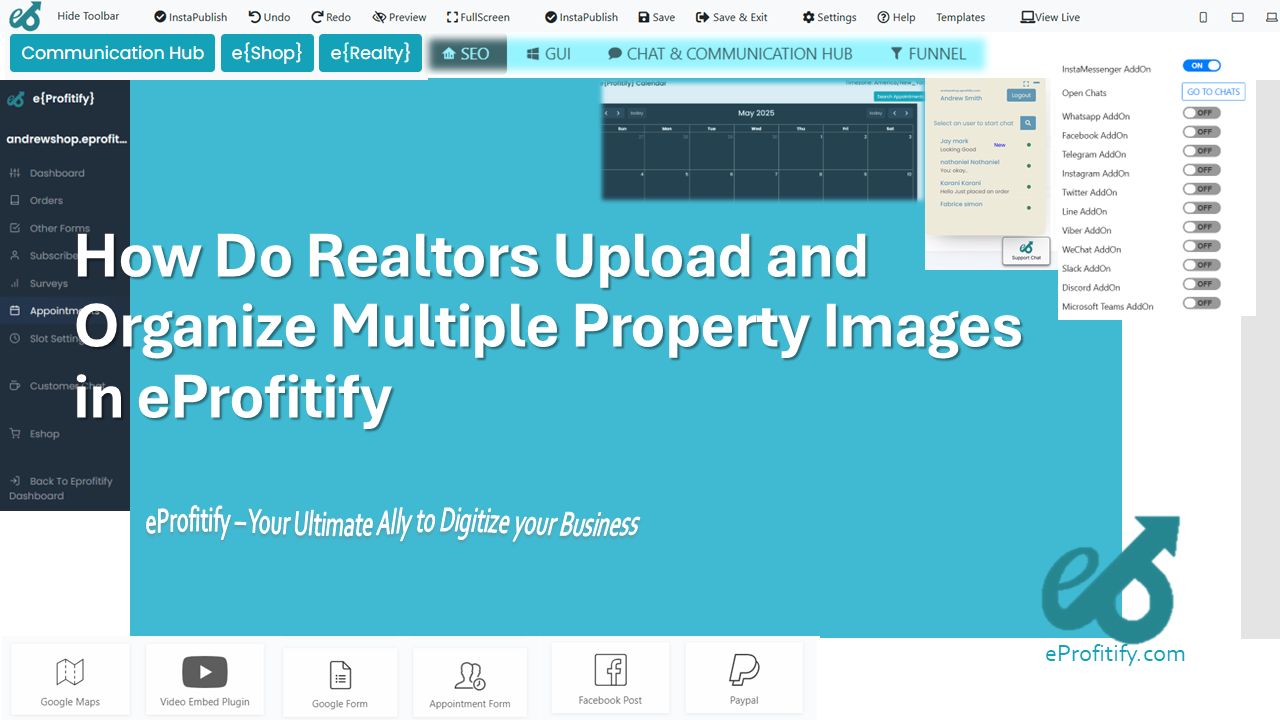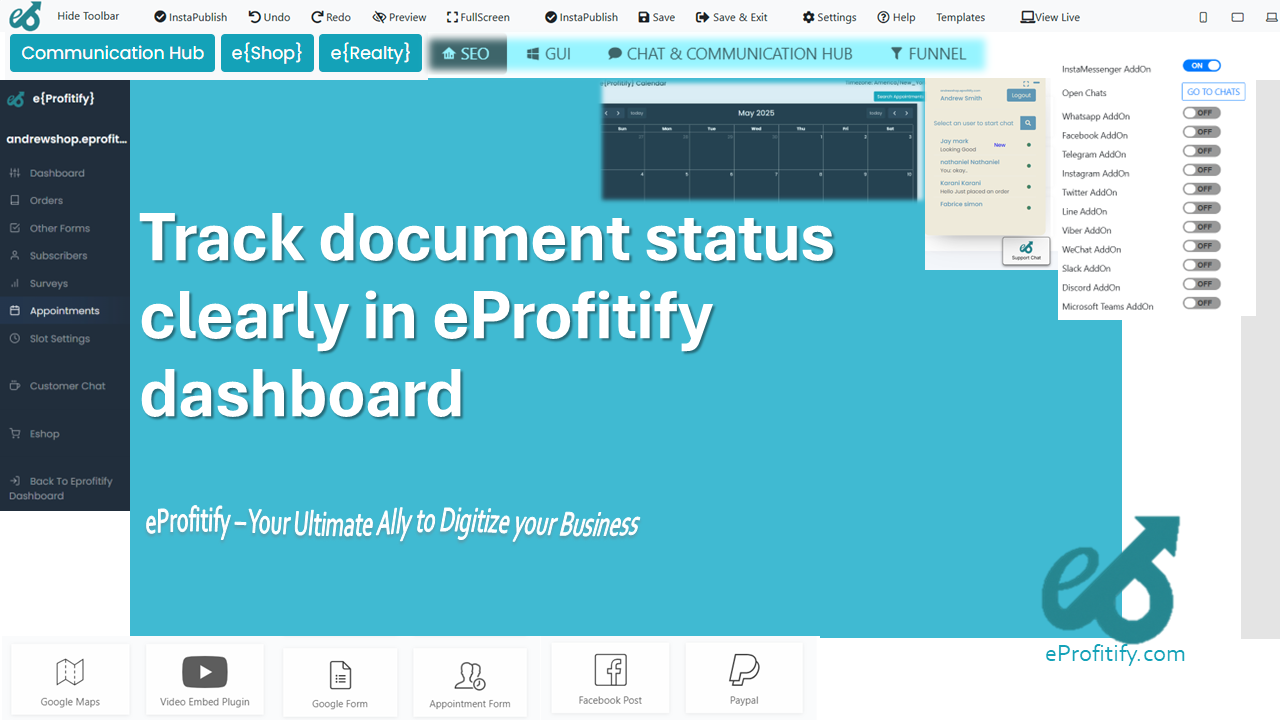Beginner Guide What Is SEO and Why Your Website Needs It
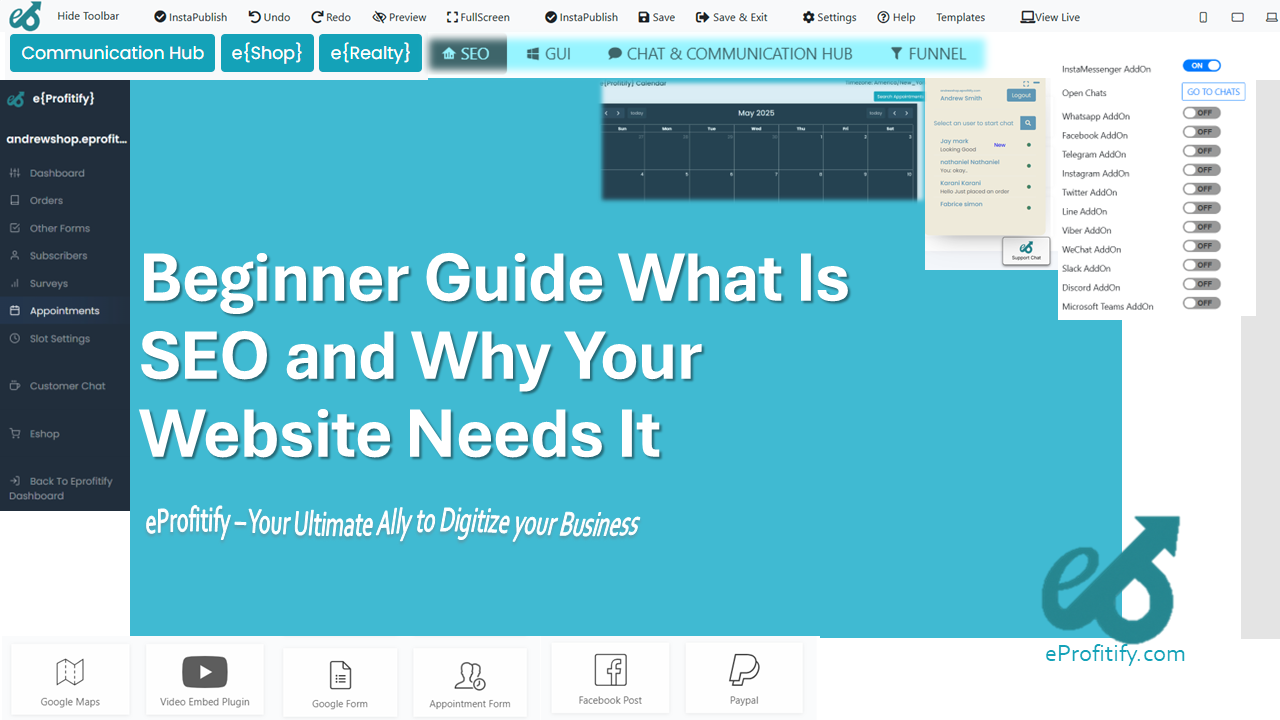
Schedule a LIVE Zoom call with an eProfitify Expert.
Beginner’s Guide: What Is SEO and Why Your Website Needs It
Search Engine Optimization (SEO) is the practice of optimizing your website to rank higher on search engine results pages (SERPs) like Google, Bing, and Yahoo. When users search for keywords related to your business, SEO ensures your site appears prominently, driving organic (non-paid) traffic. This guide explains SEO basics, its importance, and how leveraging tools like eprofitify can streamline your strategy.
What Is SEO?
SEO combines technical, creative, and analytical strategies to improve a website’s visibility. It involves:
- On-Page SEO: Optimizing content (titles, meta descriptions, headers), keywords, and HTML elements.
- Technical SEO: Enhancing site speed, mobile responsiveness, and crawlability.
- Off-Page SEO: Building backlinks and brand authority through external platforms.
Search engines use algorithms to assess website quality, relevance, and user experience. By aligning with these criteria, SEO helps your site gain credibility and attract targeted visitors.
Why Your Website Needs SEO
-
Increased Visibility
- 75% of users never scroll past the first page of Google. Ranking in the top 3 positions captures 54% of clicks (BrightEdge, 2023). Without SEO, your website risks obscurity.
-
Cost-Effective Marketing
- SEO generates 5.66x more visitors than paid ads (SparkToro, 2023). While paid ads offer immediacy, organic traffic is sustainable and costs 61% less per lead (HubSpot, 2022).
-
Credibility and Trust
- 37% of users consider top SERP results more trustworthy (SAG IPL, 2021). High rankings signal authority, encouraging clicks and conversions.
-
Enhanced User Experience
- SEO improves site speed, mobile design, and navigation. Sites that load in 2 seconds have a 9% bounce rate vs. 38% for 5-second loads (Pingdom).
-
Competitive Edge
- 61% of marketers prioritize SEO as a top inbound strategy (HubSpot). Ignoring SEO lets competitors dominate your market.
Key SEO Statistics
- Organic Search Drives Traffic: 53% of website visits come from organic search (BrightEdge).
- Mobile Matters: 60% of Google’s index is mobile-first (Google, 2023).
- Voice Search Growth: 50% of U.S. users use voice search daily (UpCity, 2023).
SEO Best Practices for Beginners
-
Keyword Research
Use tools like Google Keyword Planner or Ahrefs to identify terms your audience searches for (e.g., “best running shoes” vs. “buy athletic footwear”). -
Optimize Content
Create high-quality, original content. Use keywords naturally in titles, headers, and meta descriptions. -
Improve Site Speed
Compress images, enable browser caching, and use a reliable hosting provider. -
Mobile Optimization
Ensure your site is responsive. Google penalizes non-mobile-friendly sites in rankings. -
Build Quality Backlinks
Earn links from reputable sites through guest posting, partnerships, or creating shareable content.
How eprofitify Simplifies SEO and Website Management
While SEO requires ongoing effort, tools like eprofitify streamline the process. As a leading website publishing and management platform, eprofitify offers integrated features that align with SEO best practices:
-
Instant Messaging and Live Chat
Engage visitors in real time, reducing bounce rates and improving dwell time—a key ranking factor. -
Appointment Management System
Ideal for local businesses, this feature enhances user experience and supports local SEO by integrating location-based keywords. -
Ecommerce Integration
Optimize product pages with SEO-friendly URLs, structured data, and fast checkout options. -
CRM Tools
Track customer behavior to refine content and keyword strategies, aligning with audience needs. -
Technical SEO Solutions
eprofitify’s built-in tools automate site speed optimization, SSL certification, and mobile responsiveness.
By combining these features, eprofitify reduces the complexity of managing SEO, allowing businesses to focus on growth.
Getting Started with SEO
- Audit your website for technical issues (e.g., broken links, slow pages).
- Develop a content calendar targeting 3–5 primary keywords monthly.
- Monitor performance via Google Analytics and Search Console.
- Use eprofitify’s analytics dashboard to track traffic, conversions, and user engagement.
Conclusion
SEO is non-negotiable for online success. It builds visibility, trust, and sustainable growth. With platforms like eprofitify offering all-in-one solutions—from CRM to technical SEO—businesses can efficiently implement strategies that drive results. Start optimizing today to secure your spot in the competitive digital landscape.

